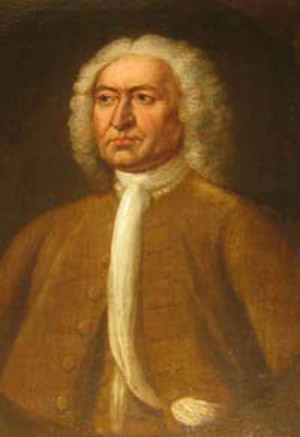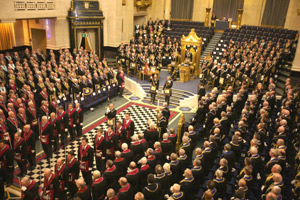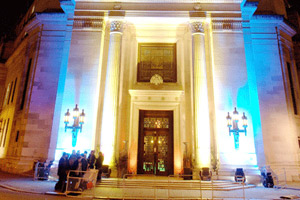300-years of 'official' Freemasonry
The 24th June 1717 provided an agreeably warm evening at the height of London’s summer that year. Gathered around a large table in a candle lit, smoke filled, snug at the rear of the busy Goose and Gridiron Ale-house off St. Paul’s Churchyard, a group of like-minded men from four local Masonic lodges, unwittingly created history when they discussed, debated and approved the formation of the first ‘Grand Lodge’ of Freemasons in the world.
Almost 300 years on and an in-depth study into Freemasonry has been authorized by the present day Grand Lodge of England. Titled ‘The Future of Freemasonry’ the report was commissioned as part of the build-up to the United Grand Lodge of England's (UGLE) 2017 tercentenary celebrations, and was produced by the highly respected Social Issues Research Centre (SIRC), an independent, non-profit organisation based in Oxford, England, that conducts research on social and lifestyle issues, socio-cultural trends and provides insight into human behaviour and social relations. As such, it is the first independent analysis ever conducted by a non-Masonic body, and the outcome is an unbiased paper that suggests, contrary to some misleading commentary, that Freemasonry actually demonstrates daily genuine openness and transparency. The chronicle concludes that Masonry is arguably more relevant today than ever before.
In particular, the study highlights that, in an ever changing world, Freemasonry acts as a 'constant', providing members with a unique combination of friendship, sense of belonging, and structure, with many Masons saying they have made invaluable lifelong friendships.
It describes the importance that Masonic Lodges place on charitable giving, the invaluable role that many Freemasons play in their local communities, and the central part played by the support of a member’s family. The investigation also goes a long way into explaining how the Craft instils in its members a moral and ethical approach to life – including thoughtfulness for others, kindness in the community, honesty in business, courtesy in society, and fairness in all things.
The sheer scale of the contribution that Masons make to charitable causes may be clearly calculated if one realises that, in England, Masonic Lodges are the second largest charitable givers only after the UK’s National Lottery! Masons also make major monetary contributions to international disaster relief funds.
The role that ritual plays also comes under scrutiny and is shown to be an important part of Masonic-life for many members, with the report concluding that ritual provides both structure and familiarity, in much the same way as normal day-to-day ‘rituals’ do in daily life for many people. Since 2007, Nigel Brown has been the Grand Secretary of the UGLE, and it is he who is leading the plans for their 300-year anniversary. Nigel explained: “This is just one step in our on-going efforts to demonstrate our new openness, and to inform the general public about the role that we play in the community.
“The tercentenary event will be a significant milestone for Freemasonry, and while we’re keen to celebrate our first three hundred years, it’s also crucial that we look to the future to ensure that we remain switched-on and continue to grow our membership over the next three hundred.” The co-director of SIRC, Peter Marsh said: “Our report, ‘The Future of Freemasonry’ provides an insightful commentary, not merely on the Order, but also on modern society. Despite the many changes taking place – or, maybe, because of them – man’s desire to be part of something and to help other people, is undimmed. It is here that Freemasonry has an important part to play.”
Nigel Brown had the last word: “This report will form an important segment of our discussions as to how best to ensure that Freemasonry continues to evolve and adapt to meet the needs of its own members and also those of wider society, while at the same time retaining the distinctive character and intrinsic values that have attracted men into Masonic ranks for centuries, and that still continue to appeal to people today.”
The full report can be read on-line: here
Footnote: The lodge that met at the Goose & Gridiron Ale-house in 1717 still exists today and meets under the appropriate name of The Lodge of Antiquity No. 2 in Holborn, London.





